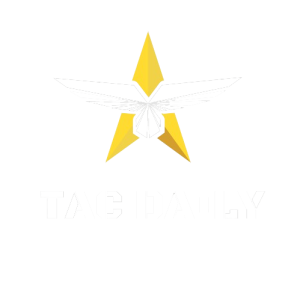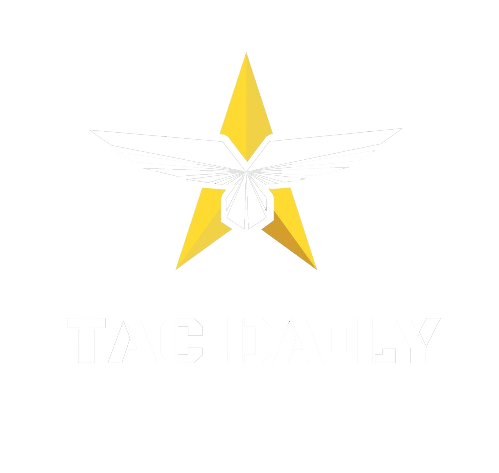Fixed blade tactical knife has stood the test of time as a reliable tool for survival, utility work, self-defense, and more. In this in-depth guide, we’ll explore everything you need to know about choosing and using a fixed blade tactical knife, from their history and features to tips for maintenance and recommended models. By the end, you’ll have a thorough understanding of why these knives remain so popular.
A Brief History of Fixed Blade Tactical Knife
Fixed blade tactical knife have been used by humans for centuries, dating back to our ancestors who relied on them for tasks like hunting, fishing, and food preparation. Some of the earliest recovered knives have simple blade shapes made of flint or bone.
As metallurgy advanced, blades started being crafted from bronze and later steel, enabling harder, sharper, and more durable edges. During the 1800s, Bowie knives gained popularity in America for their effectiveness in combat.
In the 20th century, military knives like the iconic Ka-Bar served soldiers well in both World Wars. Inspired by their rugged designs, “fighting knives” emerged as a functional tool for civilian self-defense.
Today, advancements in high-performance steels and manufacturing allow knife makers to create fixed blades that are stronger than ever before while maintaining excellent edge retention. Their timeless functional design still sees widespread use.
Key Features of Fixed Blade Tactical Knife
Let’s break down the core components that define a fixed blade tactical knife:
The Blade
- Shape: Drop-point, clip-point, tanto, and spear-point are common
- Steel: High-carbon or stainless – choices affect edge retention and corrosion resistance
- Full-tang construction for maximum strength
- Smooth grinds and a fine edged bevel for slicing ability
The Handle
- Grips the blade securely for control during heavy use
- Common materials include Micarta, G-10, leather, and wood for durability
The Sheath
- Protects the blade during carry and storage
- Made from leather, Kydex, or nylon – considerations include style, carry, and longevity
Additional Features
- Guards/pommels for safety
- Lanyard holes for attachment
- Etched logos/details for visual appeal
A fixed blade’s simplicity with no moving parts makes it ultra-reliable. Its full-tang construction provides strength suitable for self-defense or survival situations.
Choosing the Right Blade Style
What blade shape is best suited depends on intended uses. Here are brief overviews of common styles:
Drop-Point
- Slightly rounded tip for great slicing
- Ideal EDC or outdoors knife with versatility
Spear-Point
- Narrowed tip for piercing ability
- Strong tip for self-defense or hunting tasks
Clip-Point
- Similar to drop-point but with a lowered point
- Great slicing with extra point strength
Tanto
- Aggressive diamond-shaped blade
- Excellent for self-defense or tactical applications
While aesthetic preference plays a role, evaluate your needs realistically to pick the blade shape optimized for key tasks. Consider carry environment too – e.g. a drop-point may be safer EDC than a tanto point.
Choosing the Right Blade Steel
Critical to a knife’s performance is the steel used to forge the blade. Here’s an overview of common choices:
High-Carbon Steel
- Great edge retention with sharpness lasting longer
- Requires more frequent cleaning/oiling to prevent rust
- Prone to staining or discoloration over time
- Generally more affordable
Stainless Steel
- More corrosion resistant for salty, damp environments
- Holds an edge very well in most use cases
- May require higher sharpening steel and cost slightly more
- Less prone to rust or staining compared to carbon steel
For heavy use in harsh conditions, a stainless steel likely provides better all-around durability. But high-carbon steel will give excellent results if properly maintained for lighter duty or occasional outdoor use.
Additional Factors to Consider
When choosing a tactical knife, evaluating these additional factors helps ensure a great fit:
- Overall Size – Balance large enough for tasks vs small/concealable carry
- Weight – Lighter better for EDC, heavier better for tasks like chopping
- Handle Comfort – Contoured grips feel natural in-hand for control
- Sheath Quality – Secure, durable carry solutions for different styles
- Warranty – Coverage duration and what’s included provide reassurance
- Price – Budget depends on intended uses – don’t skimp on safety features
Manufacturers like ESEE, Ka-Bar, Benchmade and SOG offer knives at various price points with premium features. Always handle demo models if possible before committing.
Maintaining Your Tactical Knife
With proper care, a fixed blade tactical knife can last a lifetime. Here are some tips:
- Sharpen regularly – Use bench stones or electric sharpeners to keep an acute edge
- Dry immediately after washing, especially carbon steel prone to rust
- Lubricate – Apply mineral or rem-oil to the pivot areas to prevent corrosion
- Inspect for damage – Check the blade, handle, sheath for any cracks or weak points
- Store sheathed – Protects the blade edge when not in use for extended periods
With a little TLC like sharpening, oiling, and regular inspections, your tactical knife will reward you with years of reliable service.
Recommended Tactical Knives to Consider
Here are some highly-rated fixed blade tactical knives to evaluate based on your unique needs:
ESEE PR-4
- 1095 high-carbon steel
- Stout design for heavy tasks
- Affordable yet very durable choice
Ka-Bar Becker BK2 Campanion Fixed
- Stainless steel blade stays sharp
- Ideal sized do-it-all camping/bushcraft knife
- Hollow-ground blades slice exceptionally
Benchmade Fixed Adamas
- 9Cr18MoV steel is tough and corrosion resistant
- Integral full tang is extremely strong
- Perfect for heavy use in all environments
TOPS Knives BOB Mini Scandi
- Scandi grind takes incredible edges
- Compact yet capable EDC self-defense tool
- Distressed leather sheath crafted by warriors
Cold Steel SRK
- Affordable US-made tank of a knife
- 4116 stainless holds an edge for the long haul
- Secure spine-lock sheath carries discreetly
With so many quality options, finding the right tactical fixed blade comes down to matching features to your specific uses and preferences. Happy hunting!
In Closing
As you can see, fixed blade tactical knives offer a unique blend of strength, versatility and reliability that keeps them relevant in modern times. Their minimalist design emphasis function over frills. With a quality manufacturer, proper steel and regular care, a fixed blade tactical can serve you well for survival situations, outdoor adventures, or daily carry tasks.

